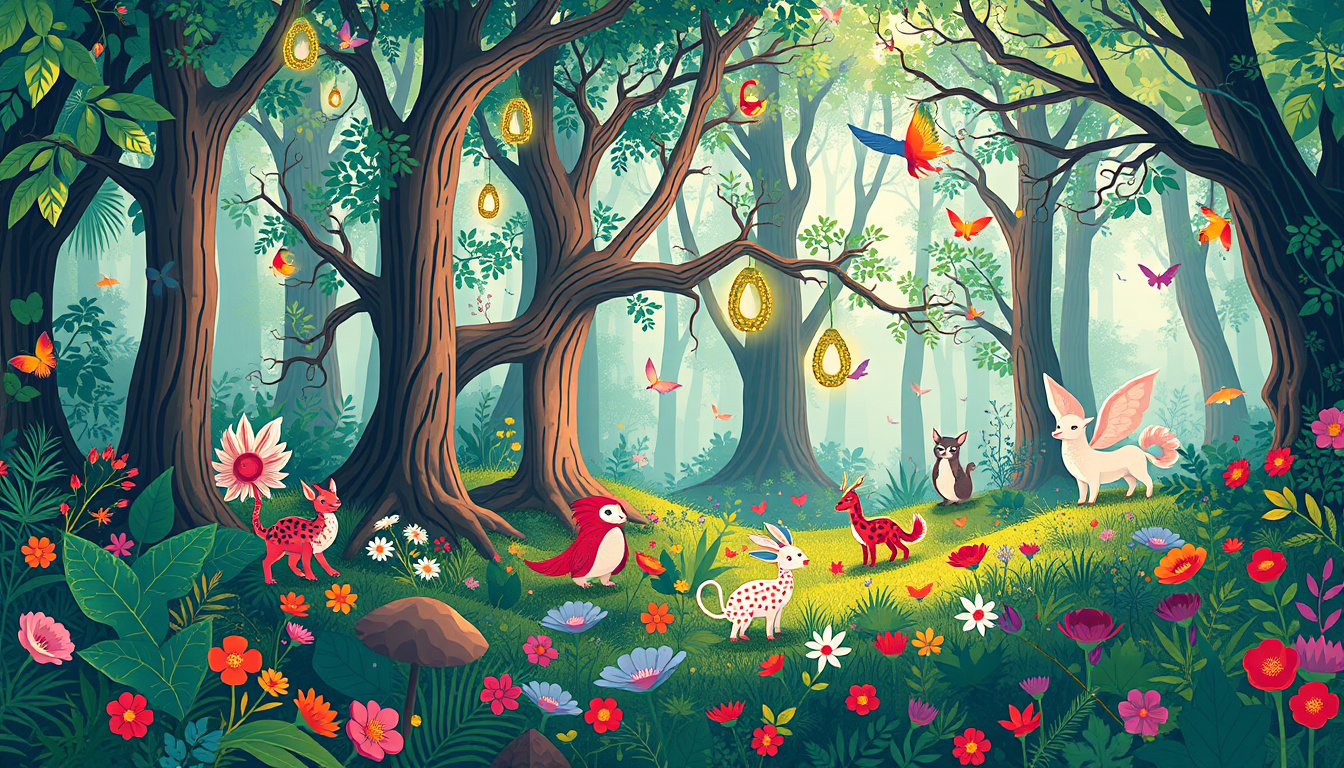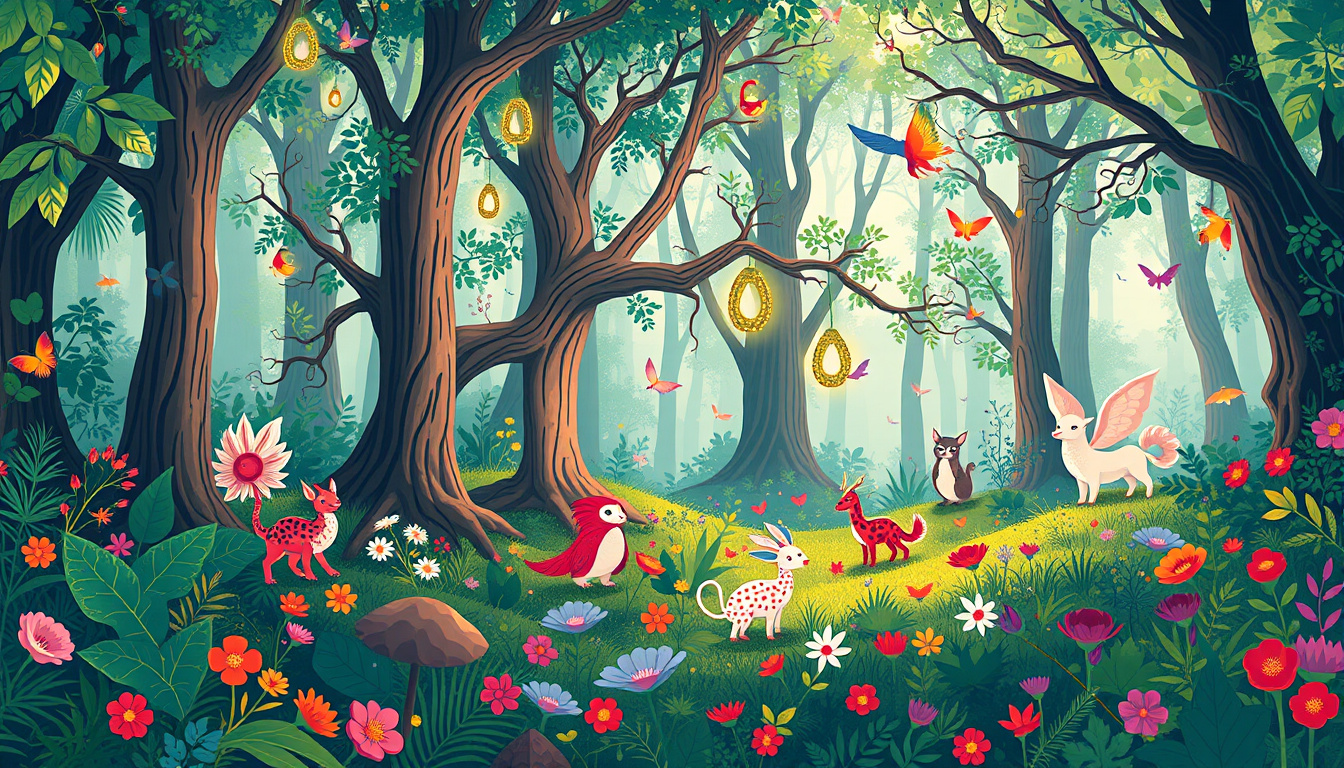Folio Tales captivate audiences with their imaginative storytelling and rich traditions, showcasing the essence of culture and morality through the art of narrative. These tales, often steeped in history, have evolved over generations, transcending geographical boundaries and resonating with themes that continue to inspire modern storytellers. In this article, we will explore the origin and evolution of Folio Tales, highlight notable examples from around the world, delve into their underlying themes and symbolism, and examine their profound impact on contemporary storytelling. Join us as we journey through the enchanting realm of Folio Tales.

Key Takeaways
- Folio Tales have a rich history that reflects cultural diversity and storytelling traditions.
- The evolution of Folio Tales showcases how narratives adapt over time yet retain their core essence.
- Notable Folio Tales from various cultures highlight universal themes and morals that resonate across different societies.
- Themes and symbolism in Folio Tales often explore the human experience, nature, and morality.
- Folio Tales have significantly influenced modern storytelling techniques and genres, shaping contemporary literature.
Introduction to Folio Tales
Folio Tales is a captivating narrative exploration that combines imaginative storytelling with rich illustrations, creating an immersive experience for readers of all ages. Originating as a term within the world of collectible art books, Folio Tales has evolved into a beloved genre, encompassing a diverse range of stories that spark creativity and conversation. Each tale is meticulously crafted, often drawing inspiration from classic literature, folk traditions, and modern fables, making Folio Tales an essential addition to personal libraries. Whether you’re a seasoned reader or a newcomer to illustrated narratives, Folio Tales offers an enchanting journey through words and images that captivates the mind and ignites the imagination.
The Origin and Evolution of Folio Tales
Folio Tales refer to a rich tradition of storytelling that has evolved over centuries, rooted in the oral narratives passed down through generations. The origin of Folio Tales can be traced back to ancient societies, where communal gatherings often featured storytellers who would captivate their audiences with dramatic renditions of folklore, myths, and legends. As civilizations progressed, these tales found their way into written form, often compiled in folios or collections that aimed to preserve cultural heritage. The evolution of Folio Tales has been impressive, as they have adapted to changing societal norms and technological advancements. In the Renaissance, the advent of the printing press allowed for broader distribution, reaching audiences beyond localities. Today, Folio Tales continue to inspire various forms of media, including literature, film, and digital storytelling, showcasing the timeless nature of these narratives. Their ability to resonate with both historical and contemporary themes keeps them relevant, making them a fascinating subject for both scholars and enthusiasts.
‘Stories are the vessels of our culture, carrying the wisdom of the ages and the echoes of our identity.’ – Unknown

The Impact of Folio Tales on Modern Storytelling
Folio Tales have significantly shaped the landscape of modern storytelling, offering a unique blend of rich narrative traditions and innovative artistic presentation. Originating from the exquisite collections of stories and historical narratives written in folio format, these tales have influenced contemporary literature by emphasizing the importance of character development and vivid world-building. The intricate illustrations and elegant typography found in Folio Tales enhance the reader’s experience, making the stories not just narratives, but immersive journeys into other realms. As modern authors draw inspiration from these classic forms, we see a resurgence of beautifully crafted storytelling that captivates audiences, proving that the timeless appeal of Folio Tales still resonates today. This intersection of heritage and innovation continues to inspire writers and storytellers, ensuring that the art of storytelling evolves while honoring the rich legacy of Folio Tales.
Frequently Asked Questions
What are Folio Tales?
Folio Tales are classic and often illustrated stories, typically compiled in folio format, that encompass various cultures and traditions around the world. They often reflect moral lessons, cultural beliefs, and universal themes.
What is the origin of Folio Tales?
Folio Tales have their roots in ancient storytelling traditions, where oral narratives were later transcribed into written form. The term ‘folio’ refers to a specific page size and layout used in bookmaking, which became popular during the Renaissance and influenced the presentation of these tales.
Can you provide examples of notable Folio Tales?
Some notable Folio Tales include ‘The Tale of Peter Rabbit’ by Beatrix Potter, ‘The Tortoise and the Hare’ from Aesop’s Fables, and stories from the ‘One Thousand and One Nights’, showcasing the richness of global folklore.
What themes and symbolism can be found in Folio Tales?
Folio Tales often explore themes such as good versus evil, the importance of wisdom, the consequences of greed, and the power of love. Symbolism in these tales can be found in characters, animals, and settings that represent broader human experiences and moral lessons.
How have Folio Tales impacted modern storytelling?
Folio Tales have significantly influenced modern storytelling by establishing narrative structures, character archetypes, and moral frameworks that continue to appear in contemporary literature, film, and other forms of media.

Leave a Reply